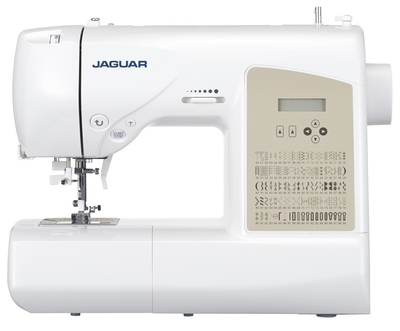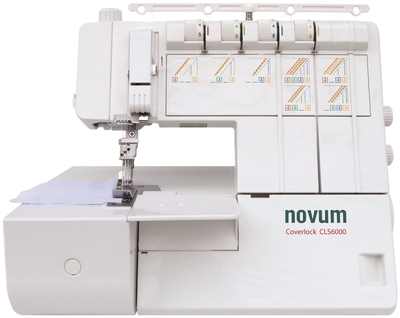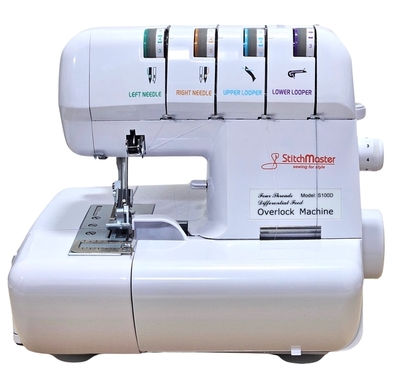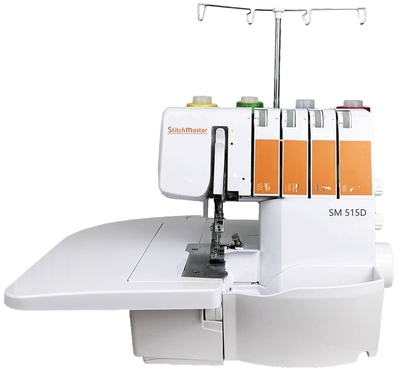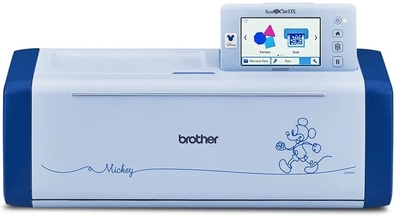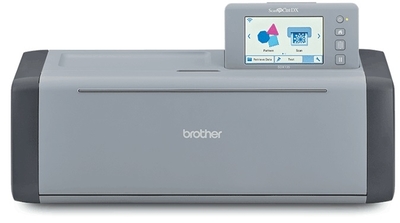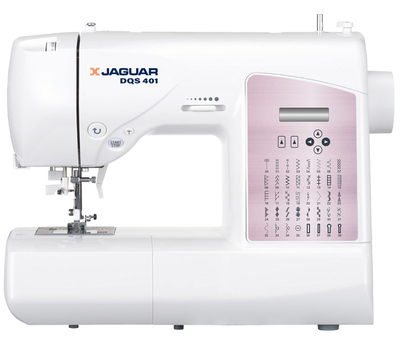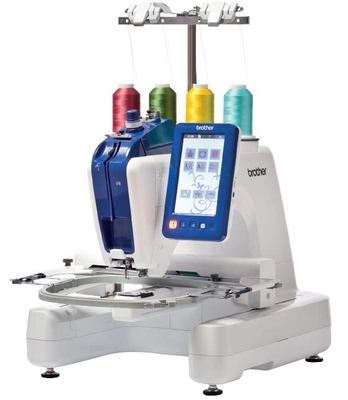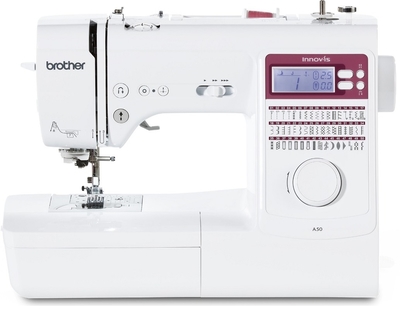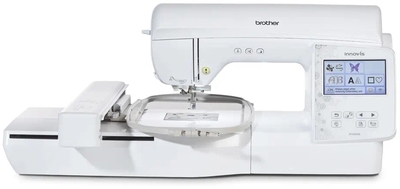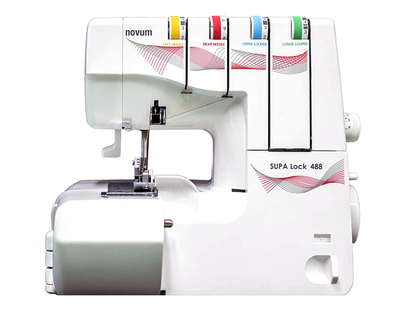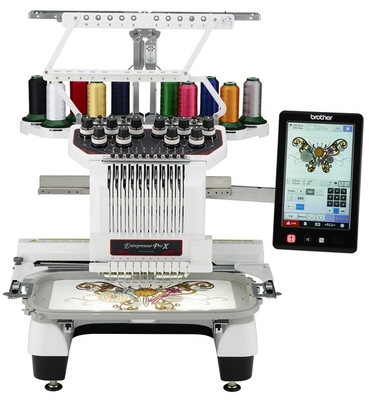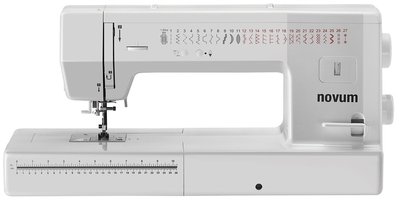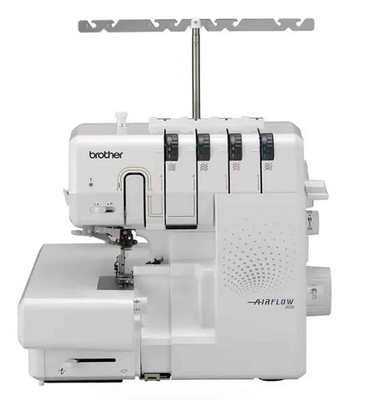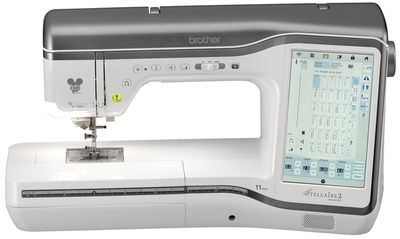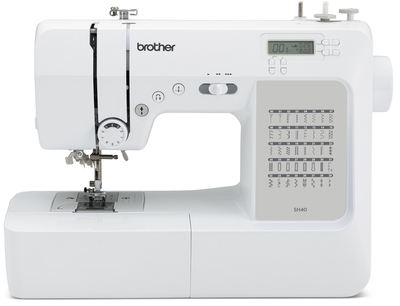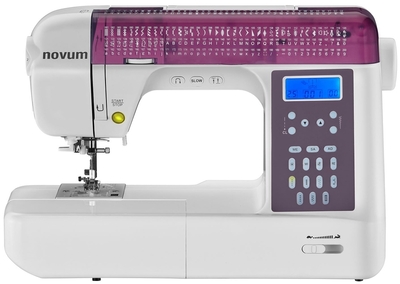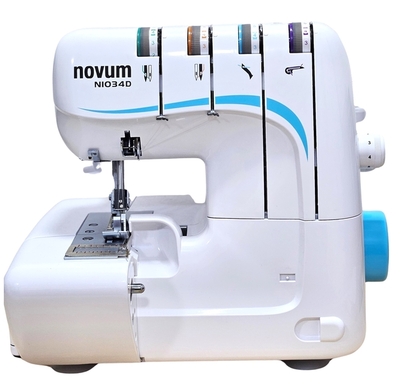
Thicker, heavier fabrics and lightweight fabrics use different types of needles.
Personal favourites are Gutermann and Drima.
If you accidentally prick your finger and managed to get blood on your fabric, use your saliva to wipe it.
Line up the edge of your fabric with this and start sewing.
Use the Stretch Stitch also known as a triple stretch stitch due to its three overlapping stitches, this choice allows fabric to give when pressure is applied.
Each thread has its own numbered tension control (same colour as the appropriate thread path) which are factory set for a balanced stitch and it is helpful to make a note of these numbers for future reference.
The entry models have the "wrap around" front tensions which are on the front of the machine and providing the user makes sure that the thread is located correctly in the tension unit, threading is straight forward.
The mid to upper range machines have the more user friendly "lay in" tensions which are situated along the top of the machine.
2 thread - uses one needle and the left (lower) looper threaded. This stitch is the most basic form of overedging and simply wraps the edge. Ideal for situations where you don`t want the edge to be too bulky. However, the seam will not be secure and a lockstitch would be required.
3 thread - uses one needle and both loopers. This stitch is ideal for overedging single layers but will need a lockstitch for secure seams.
4 thread - the most popular combination using 2 needles and 2 loopers. This can be used to sew secure seams as the second needle acts as a safety stitch preventing the seam from coming undone.
5 thread - these can have a variety of combinations but the most popular gives a straight chain stitch away from the overedging stitches.


Lower priced machines will not have adjustable length and width controls. They will only have 1 dial on the machine for stitch selector, in which the width and length are preset. Some will have 2 dials, stitch selector with variable length. People who will be using more than just the straight stitch will find it a great advantage to have separate length and width controls.




